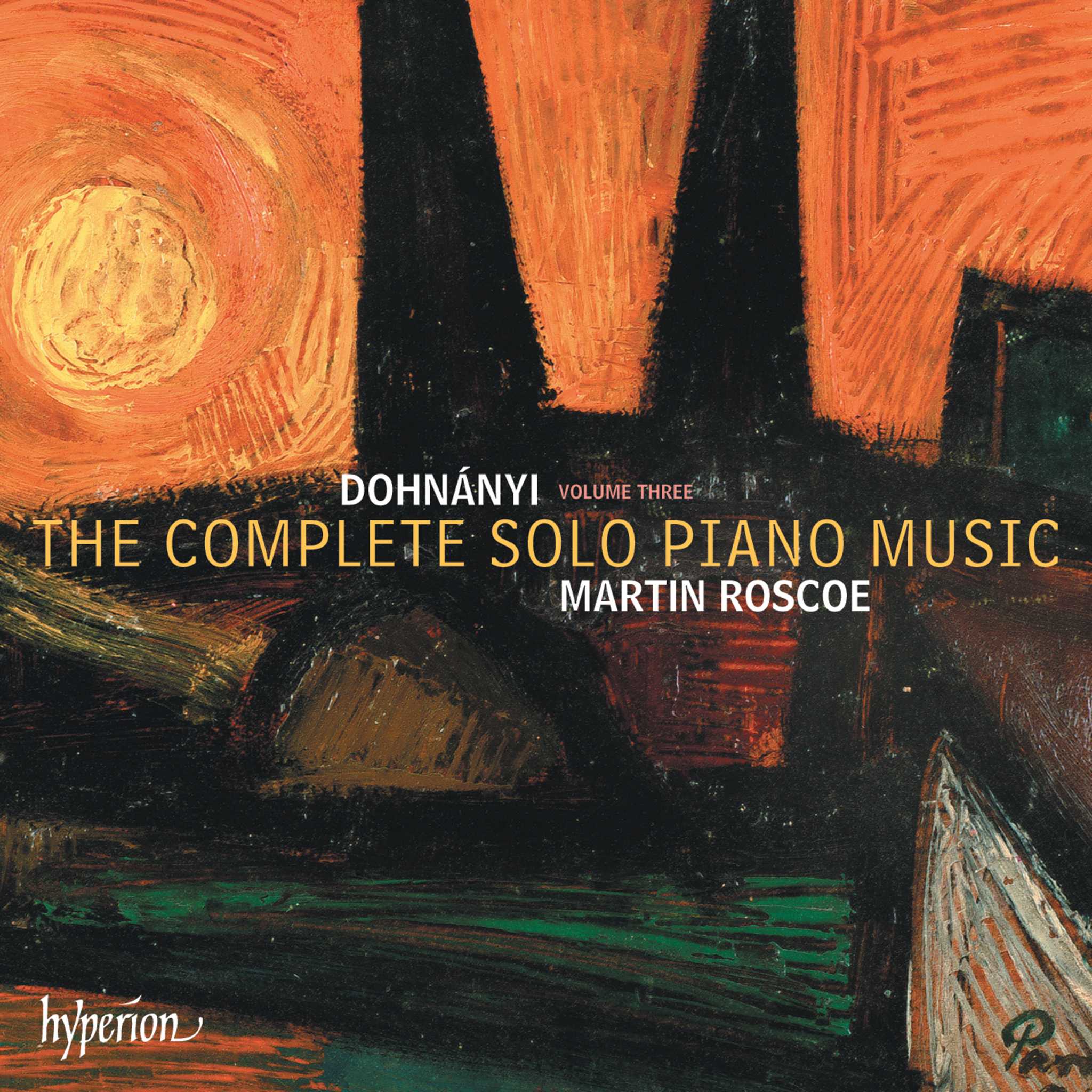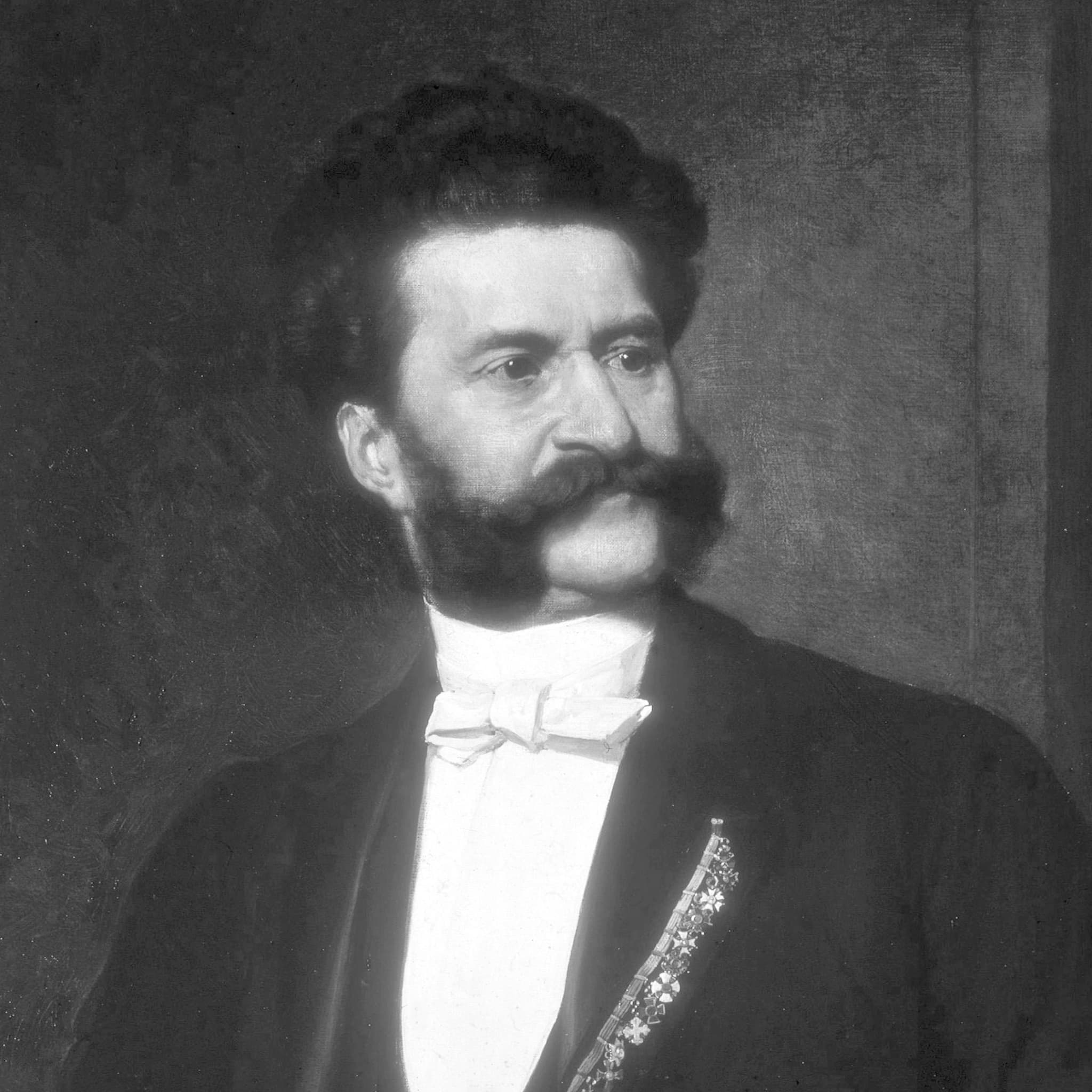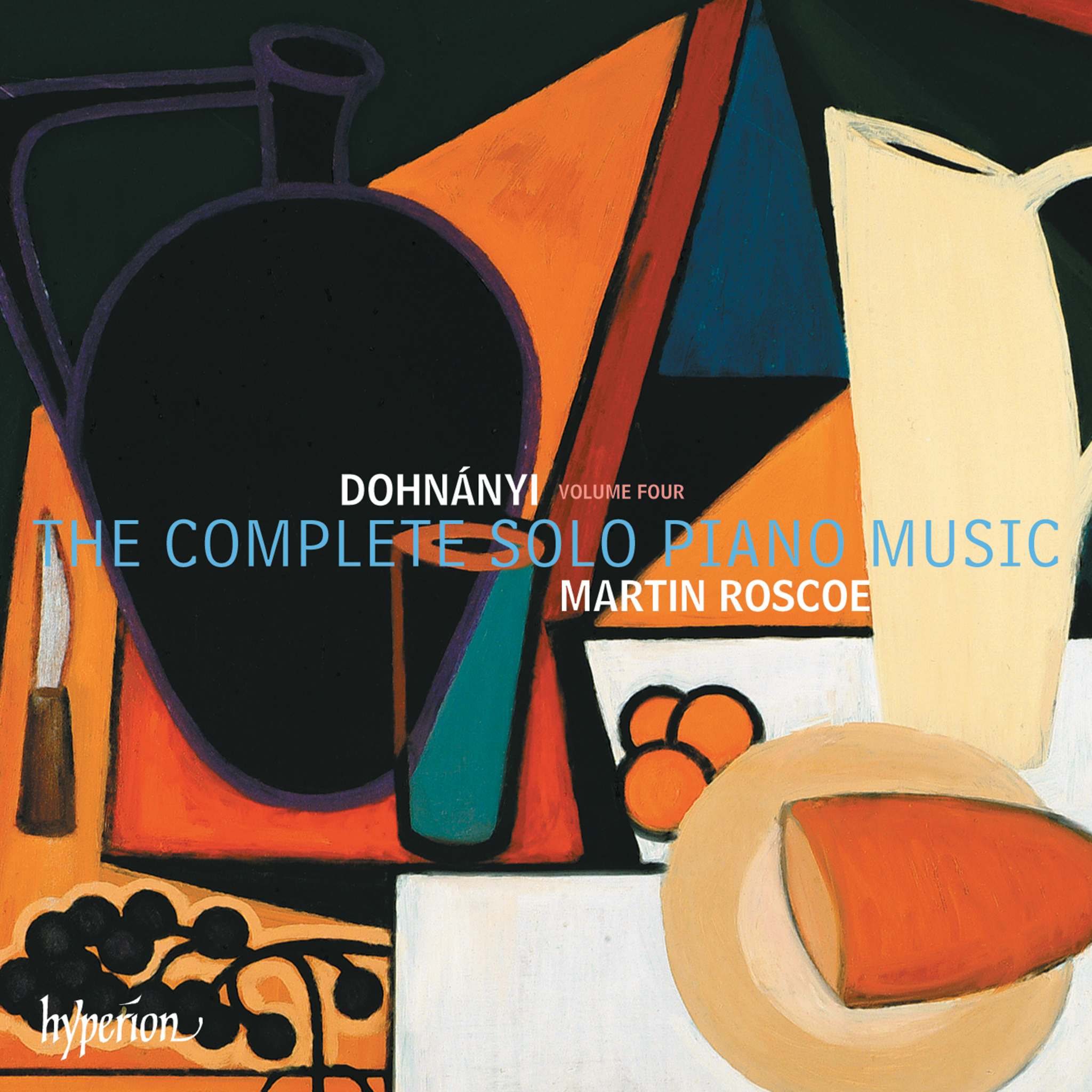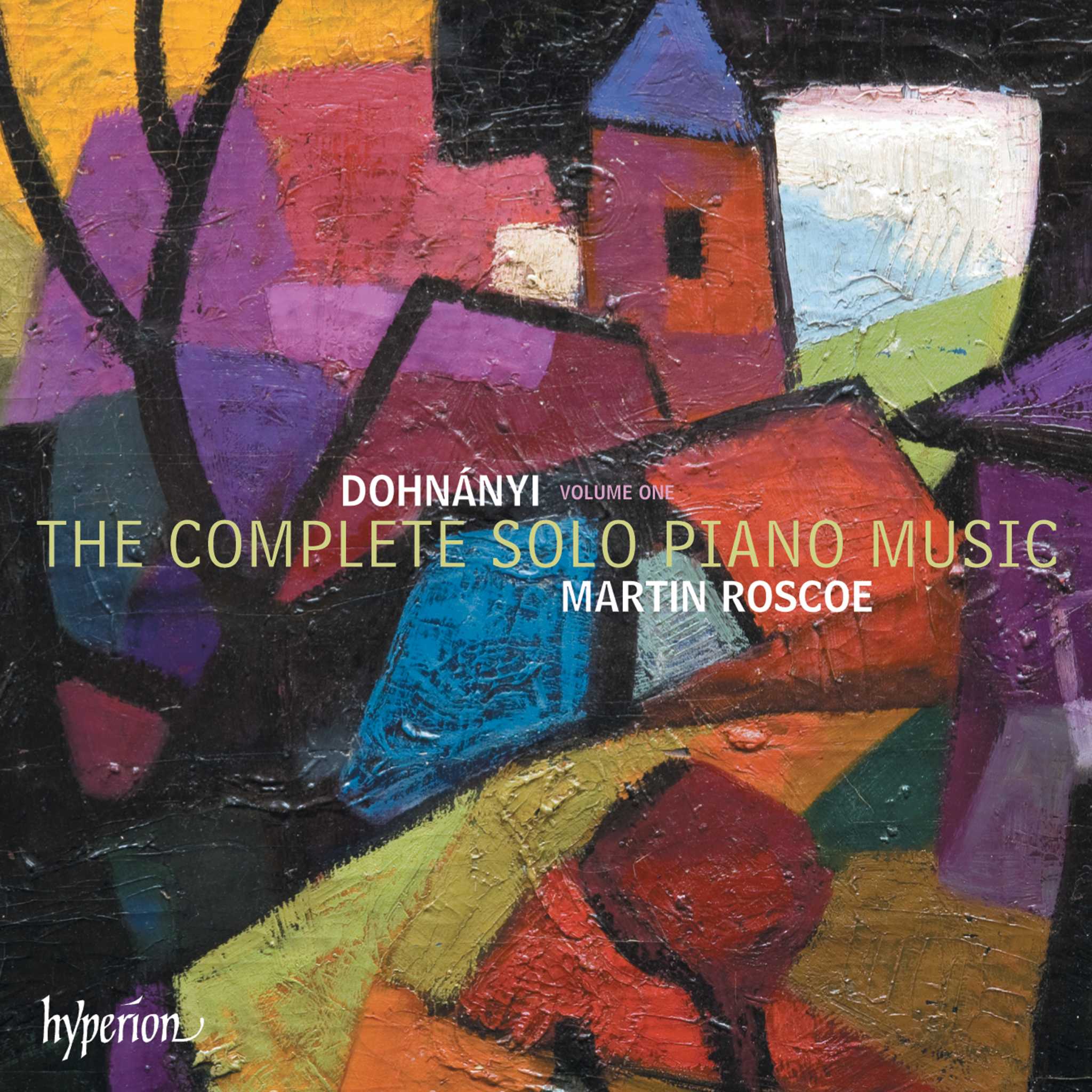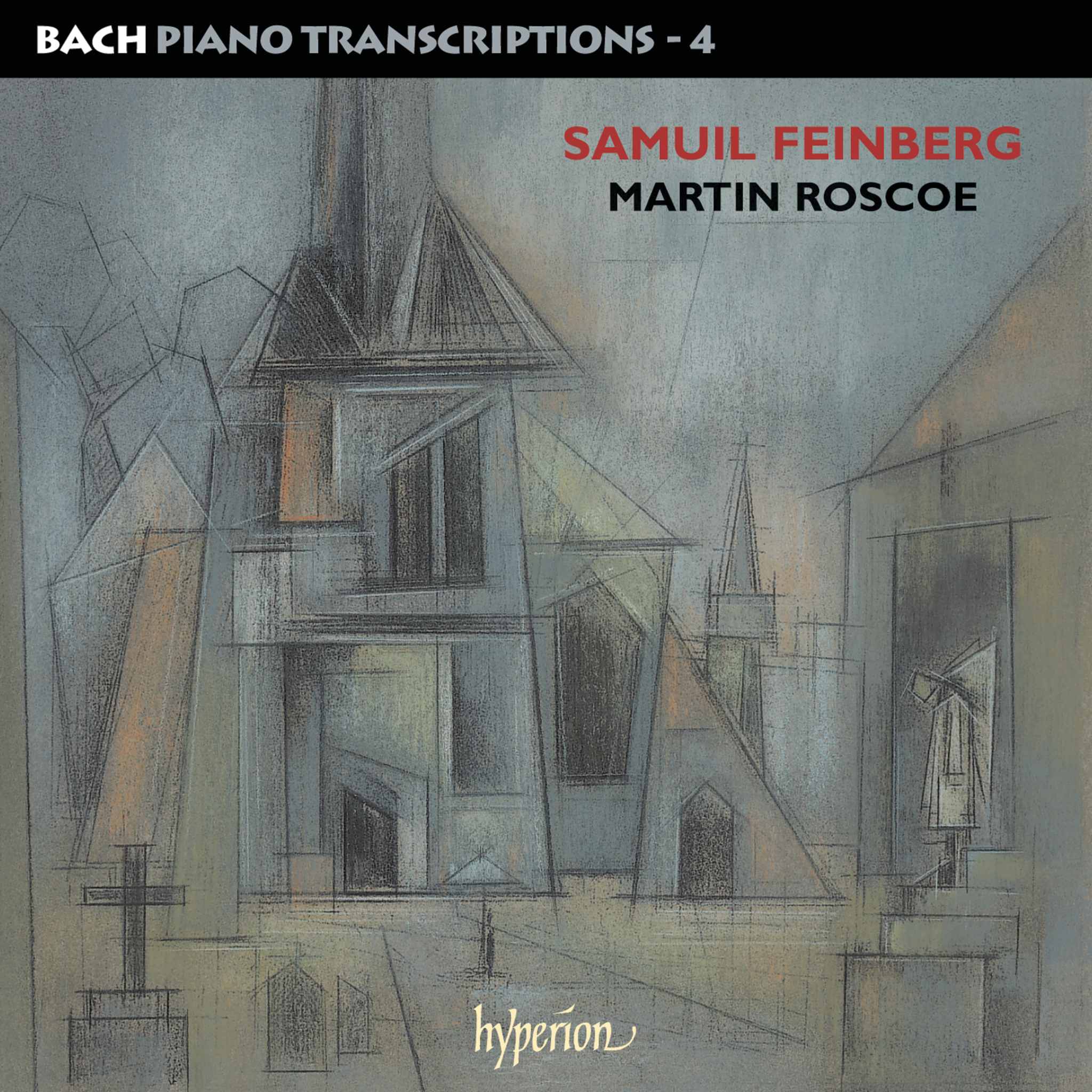Album insights
Similar to Prospero, the main character in Shakespeare's The Tempest, some composers gradually develop their art and unleash their magic only in later life. This was the case with Swiss artist Frank Martin, born in Geneva in 1890. Though he decided early in childhood to pursue music professionally, it was only after a long maturation process that he became a fully capable artist.
In the early 1940s, when he was already over fifty, Frank Martin began feeling he had finally found himself as a composer. This realization struck him upon completing his oratorio Le vin herbé, marking a breakthrough where he spoke in his unique musical language for the first time. This piece signified a fusion of his inclination towards expressive music influenced by French composers like Debussy and Ravel, along with his desire for strict, abstract structures inspired by Schoenberg's twelve-tone technique. Subsequently, a series of masterpieces followed, propelling him to international acclaim. Beyond Le vin herbé came song cycles such as Sechs Monologe aus Jedermann and Der Cornet, the renowned Petite symphonie concertante, the modern Passion Golgotha, and the Concerto for 7 Wind Instruments, Timpani, Percussion, and String Orchestra.
By the end of this prolific decade, Frank Martin was inundated with composition requests. Noteworthy among these were the Five Songs of Ariel, composed for the Nederlands Kamerkoor in 1950 and premiered on March 7, 1953. This work drew its sung text from one of Shakespeare's most remarkable characters from The Tempest, Ariel.
The essence of Martin’s vision was to integrate words and music intimately in a theatrical piece. In this quest, he found Shakespeare's Tempest particularly fitting. Initially considering an ambitious theatrical experiment, he eventually opted to adapt it simply as an opera. The composition process spanned years, culminating in its completion in December 1954, orchestrated by July 1955. The German-language work, rooted in August Wilhelm von Schlegel's renowned translation, marked a significant artistic achievement for Martin.
The Tempest opera's premiere saw various challenges, including last-minute role changes and artistic shifts. Yet, it garnered positive critical reception and substantial audience interest. Despite this success, subsequent neglect by opera houses followed, gravitating more towards performances of Vin herbé, crafted for concert halls. A long overdue authorized recording is now presented, shedding light on Martin's neglected yet artistically illustrious creation.
As one delves into Martin's operatic adaptation, akin to Prospero's realm in The Tempest, complexity and mystery beguile the listener. An auditory world emerges, reflecting the multifaceted characters and interplay of varied musical forms on the island. Martin's innovative manipulation of Shakespeare's text and orchestration techniques highlights his meticulous craftsmanship, evoking an ethereal and captivating musical journey.
By weaving a symphonic tapestry that mirrors the cosmic essence of Shakespeare's narrative, Frank Martin achieved a profound synthesis of artistic expression in The Tempest. This grand opus majestically reconciles the spiritual and material facets, enveloping listeners in an otherworldly realm echoing with mesmerizing melodies and profound thematic exploration. Subsequently, the end of the performance may leave the audience feeling as if awakening from a dream, resonating with Caliban’s sentiment of discovering treasures revealed in a celestial symphony.

